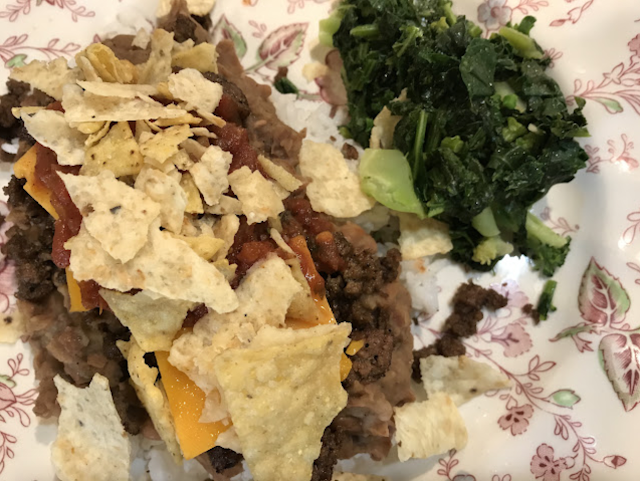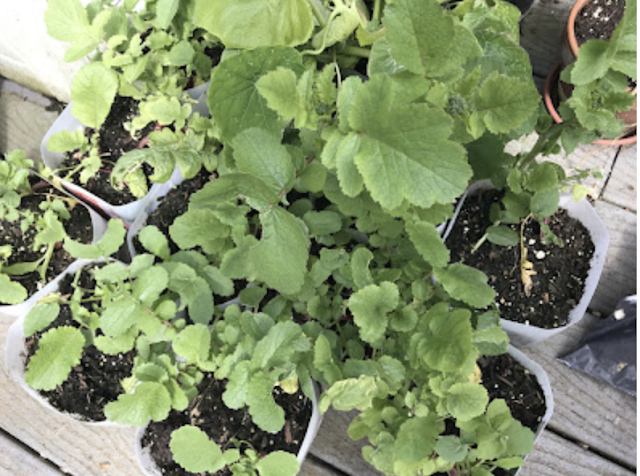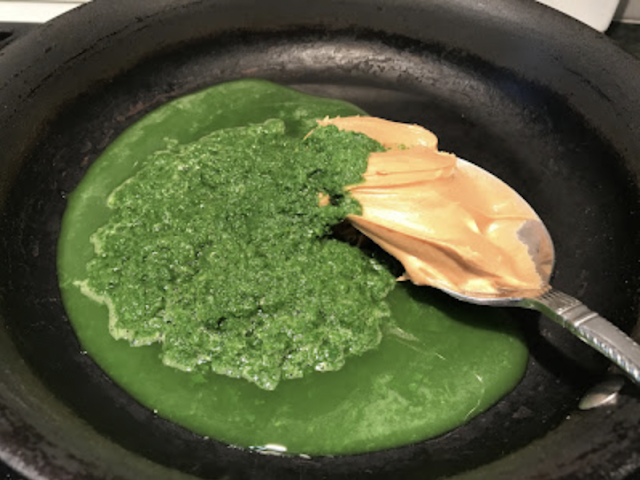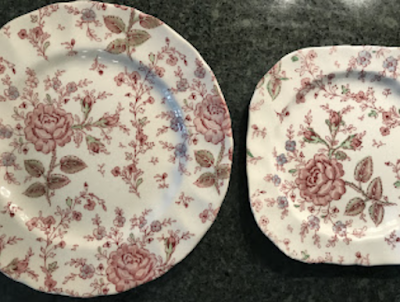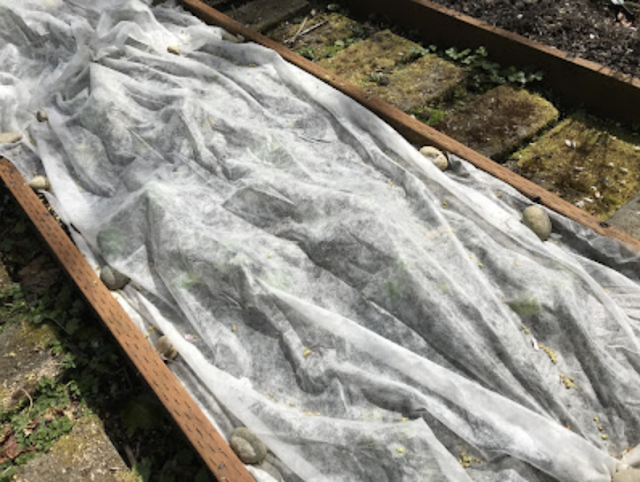I haven't done any grocery shopping since April 23, unless you count the road trip candy we bought last week along the way to Arizona. In case you're interested, I bought some black licorice, 2 Snickers bars (King-size), and Reeses Peanut Butter Cups (4-pack) to share. As I mentioned earlier this week, my total for the sharing candy was under $15. I made these purchases as little surprises when I'd go in to pay for gas. We did all cash for gas to get the better prices, so I always went inside to pay. With the first candy purchase, my family was somewhat astonished. Mom doesn't usually make impulse purchases. I like to keep my family guessing about me.
A couple of meals on the road:
The first night away: hotdogs and buns that I grabbed from the freezer, with sliced cabbage drizzled with slaw dressing (packed separately so the cabbage wouldn't wilt), canned green beans, applesauce. Yes, we brought paper plates, small paper cups (for the applesauce), and plastic forks (we washed the forks each night to reuse). I also packed small packets of the condiments we had in the fridge -- ketchup, mustard, hot sauce.
Another night: bean and cheese burritos (frozen homemade refried beans, thawed in 2 days), carrot sticks, canned green beans, raisins, applesauce. I didn't shop for anything new for the trip, instead grabbing foods from our pantry, fridge, and freezer.
At one point we found ourselves driving along historic Route 66 for about a mile. Kinda fun. We decided that if we make this trip again, we'll stay in one of the fun motor inns along 66.
I came home to a full pantry and freezer. I had milk in the freezer and milk is a driving ingredient in my need for grocery shopping.
When we walked in the door last Sunday, the first thing I did after unloading the car was grab a partial gallon of milk, loaf of homemade bread, and a quart of cooked pinto beans from the freezer. After starting the laundry I made an easy soup, using the cooked pinto beans, a large can of Italian-seasoned diced tomatoes, some beef bouillon, and olive oil. I let it simmer until the beans began to fall apart and thicken the soup. I served bread and butter with this simple meal.
Here are the rest of this past week's suppers:
Monday
taco meat on cooked rice with refried beans and cheese, topped with salsa and bottom-of-the-bag tortilla chips, plus garden kale bulked up with frozen broccoli
Tuesday
chicken breast cooked in leftover pasta sauce (from my daughters' cooking in April) topped with the last slices of provolone cheese from my daughters' birthday picnic in the park in March, stuffed grape leaves, toast, and rhubarb sauce
Thursday
eggs, breakfast sausage, canned pineapple chunks, colcannon (using radish greens instead of kale in the potatoes), canned green beans
It rained a lot while we were gone. And we're still stuck in a wet pattern. I'm hoping this next week things turn around. But one of the blessings to a cool week is the Lilies of the Valley didn't all bloom at once during our week away. I picked a handful on Wednesday to enjoy indoors. Mmmm, so fragrant.



